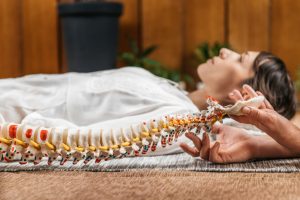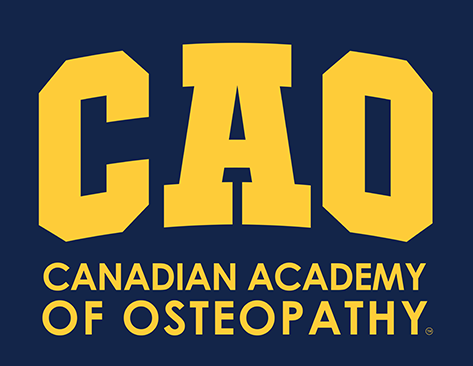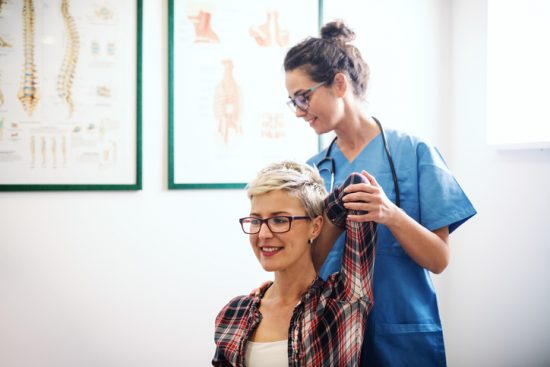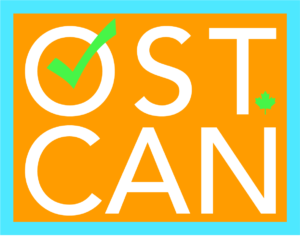If you’re interested in a hands-on profession that combines problem-solving and people skills, a career as an osteopathic manual practitioner could be the right fit for you. As a complementary therapy, osteopathy focuses on facilitating the health and healing of the body through manual practices.
Working with patients to overcome any physical barriers can be both a rewarding and challenging task for osteopathic manual practitioners. It requires a strong understanding of the interrelated systems and functions of the human body, along with the ability to adapt your approach to treat the body on a personalized level. Here are four tips to keep in mind when starting your career as an osteopathic manual practitioner.
1. Uphold Professionalism and Ethics Above All
Osteopathy demands that you approach all patients and their treatment with ethical and professional standards in mind. As a branch of healthcare, it acts as a complementary therapy alongside conventional medicine. In that case, the needs, health, and safety of your patients should be your top priorities.
To succeed in an osteopathy specialization, discipline and commitment to these standards are key. Students at the Canadian Academy of Osteopathy will learn to approach their training with the same level of professionalism as the career demands. Over the four-year program, they will wear appropriate uniforms, participate in clinical rotation, and work with real-life patients in CAO’s public clinic. In the process, they will get the experience they need to practice safe, effective, and ethical osteopathy in their career.
2. Study Your Anatomy
Osteopathy is a manual form of therapy that emphasizes the relationship between the structure and function of the human body. As such, an in-depth understanding of functional anatomy is at the heart of all osteopathic practices. At CAO, one of the three core areas of the osteopathy program is in Health Sciences, which comprehensively covers clinical anatomy, physiology and pathophysiology. Here, students will move away from the traditional allopathic model and toward a fully integrated osteopathic model that examines the body as a whole dynamic system.
For students with limited experience in health care, our Year 1 Prep course will help you learn and review essential anatomy and physiology content to equip you with a good foundation for Year 1 of the program. Regardless of where you’re at in your knowledge, osteopathy begins and ends with anatomy, so studying your anatomy every day will inform your practice at each stage.

3. Develop Your Communication Skills
At its core, osteopathy is a patient-centred practice. What does that mean? Paying close attention to the needs of the individual and understanding the challenges they are experiencing with their body is paramount. Strong communication skills in this capacity are a must to become an osteopathic manual practitioner. Take the time to listen and learn from your patients so you can arrive at a more personalized understanding of their bodies. After hearing their concerns, you should be able to advise them on the best course of action for their treatment and answer any questions they may have.
While diagnostic skills are a given, it’s your interpersonal skills that will elevate your practice. Connecting with your patients and approaching them with empathy is a great way to build trust and develop a more constructive relationship in regard to their treatment.

4. Take Advantage of Hands-on Training at Our Osteopathy College
At CAO, students receive supervised, practical training in our dedicated clinical environments. Osteopathy is first and foremost a hands-on practice, so this is an opportunity to put your theoretical knowledge to the test and develop your confidence in applying osteopathic manual treatment.
Our supervised student clinics are also a great place to learn from the skills of your instructors and fellow students. Pay attention to the way they apply osteopathic techniques and manage patient treatments in a real clinical setting. By taking advantage of this resource, you can enter into your career as a more assured and knowledgeable osteopathic manual practitioner.
Are you interested in training at an osteopathy college?
Start your career with the Canadian Academy of Osteopathy!



